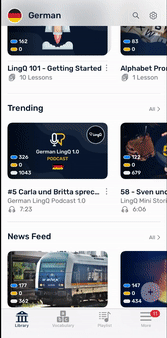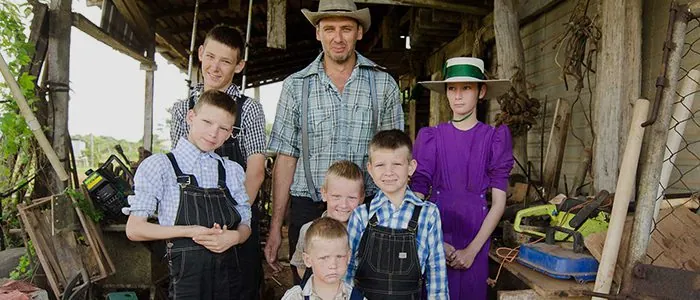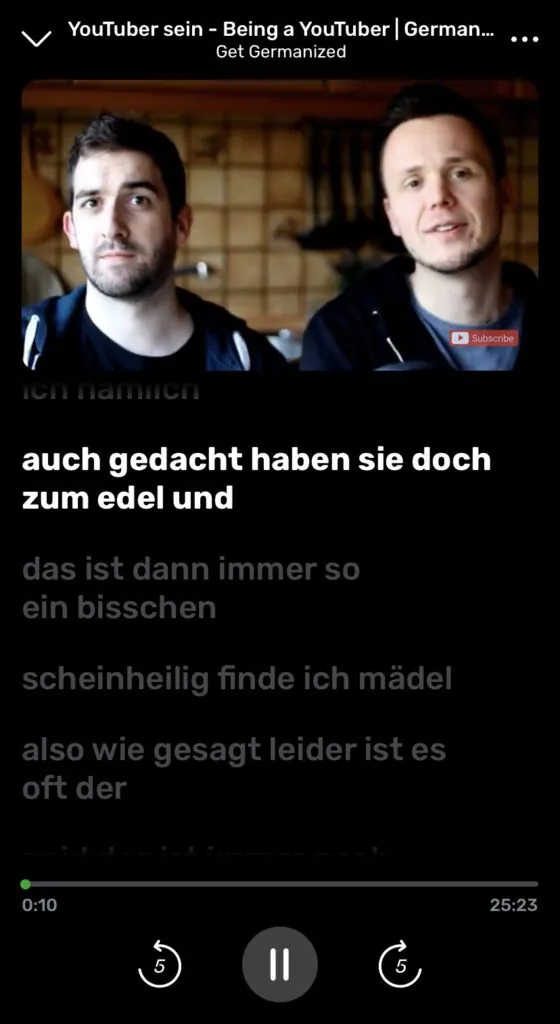The Low-Down on Low German
Most people ignore this little fact, but there isn’t just one German language.
Like all languages around the world, German has a number of dialects and varieties, some with surprisingly few speakers!
And yet, most learning materials totally ignore any variation beyond the Standard German or Hochdeutsch taught in schools and spoken on TV.
It’s time to reverse that trend….
High, Low, North, South?
First things first, “high” here does not mean “north.” It means “up.” High German is so-called because it comes from the highlands, and Low German therefore comes from the low-lying northwestern regions of Germany. You’ll often see it referred to as Platt, which sounds an awful lot like “flat” in English.

Platt is very much related to Dutch, and indeed a Low German speaker and a Dutch speaker would find it very easy to understand one another after a little practice.
There’s no “standard” for Low German, but there are a couple of usually agreed-upon spelling conventions when writing it online. Here, we’ll use the “German-based spelling” from Lowlands, a magnificent grammar resource.
Is the Grammar Different?
Dutch is sometimes said to be easier than German, and this is largely because the complex system of articles and genders (der, die, das, dem, den) is much, much simpler.
In Low German, masculine and feminine nouns take the article de, and neuter nouns take dat. The indefinite article is also quite simple, becoming een for all three genders and shortening to ‘n in spoken Low German.
Verbs in aren’t that far off from what you may know in High German. The -t ending covers the third person, and in some dialects it covers every ending except the first and second.
So you’d have ik lehr (I teach), du lehrst, (you teach), he lehrt, sie lehrt, wi lehrt, ji lehrt (he, she, we, you all teach).
There’s also only two cases! Nominative and objective, a combination of the dative and the accusative found in Standard German.
The only objective article you have to worry about is the one for masculine nouns, which turns into den in Low German just like it does in Standard German.
Be careful, though, not to pronounce it the same.
Learn German from Interesting Content
The LingQ German Library is full of lessons on all kinds of topics for beginner to advanced learners.
Learn from Netflix shows, movies, new stories, blog posts, YouTube videos and more. You can make lessons from anything in German you find online, so you’ll never run out of engaging content in German!
Check out LingQ today to discover how to learn German from content you love!

Low German Pronunciation
Though the orthography may bring to mind a mixture of German, Dutch, and English, the pronunciation of Low German is quite different from all three.
High German underwent a serious consonant shift in the Middle Ages, but Low German and English didn’t. Check out these words:
twee
sess
tein
twintig
If these bring to mind numbers, that’s great! It’s two, six, ten, and twenty in Low German. In High German, that’d be:
zwei
sechs
zehn
zwanzig
As you can see, the /ts/ sound and the /chs/ sound are both present in High German but not Low German — or English!
Should You Learn Low German?
One thing we haven’t mentioned yet is that many Mennonites living in Canada and the United States still speak Low German, calling it Plautdietsch. This is another dialect again from the ones spoken in Europe, but it’s still certainly the same language.

If you live near a Mennonite community in North America, you can try out some Platt on them at bakeries, delis, or church events. There may even be a school that gives lessons!
And if you travel around the right part of northern Germany, you can certainly hear Platt on the streets. However, getting people to speak it to you could be a challenge.
With most dialects of major languages around the world, a foreigner learning them might be seen as odd or even making fun of the locals. The best way to show your respect is to truly put a lot of effort into your grammar, pronunciation, and usage so that people know how far you’re willing to go.
Don’t speak broken Low German – speak it well, using online audio resources first and foremost. Some of them are even in High German, giving you a way to practice both languages at the same time!
Learn German Faster Using the LingQ App
The LingQ app helps you discover and learn from content you love. You can import videos, podcasts, and much more and turn them into interactive lessons.

Keep all your favorite German content stored in one place, easily look up new words, save vocabulary, and review. Check out our guide to importing content into LingQ for more information.
LingQ is available for desktop as well as Android and iOS. Gain access to thousands of hours of audio and transcripts and begin your journey to fluency today.
Enjoyed this post? Check out polyglot and LingQ cofounder Steve Kaufmann’s blog post on the best way to learn German!
***
Alex Thomas wears many hats when it comes to languages, including translating, teaching, voice recording, and writing. He currently lives in the USA.


